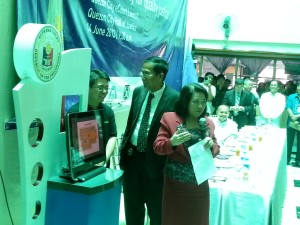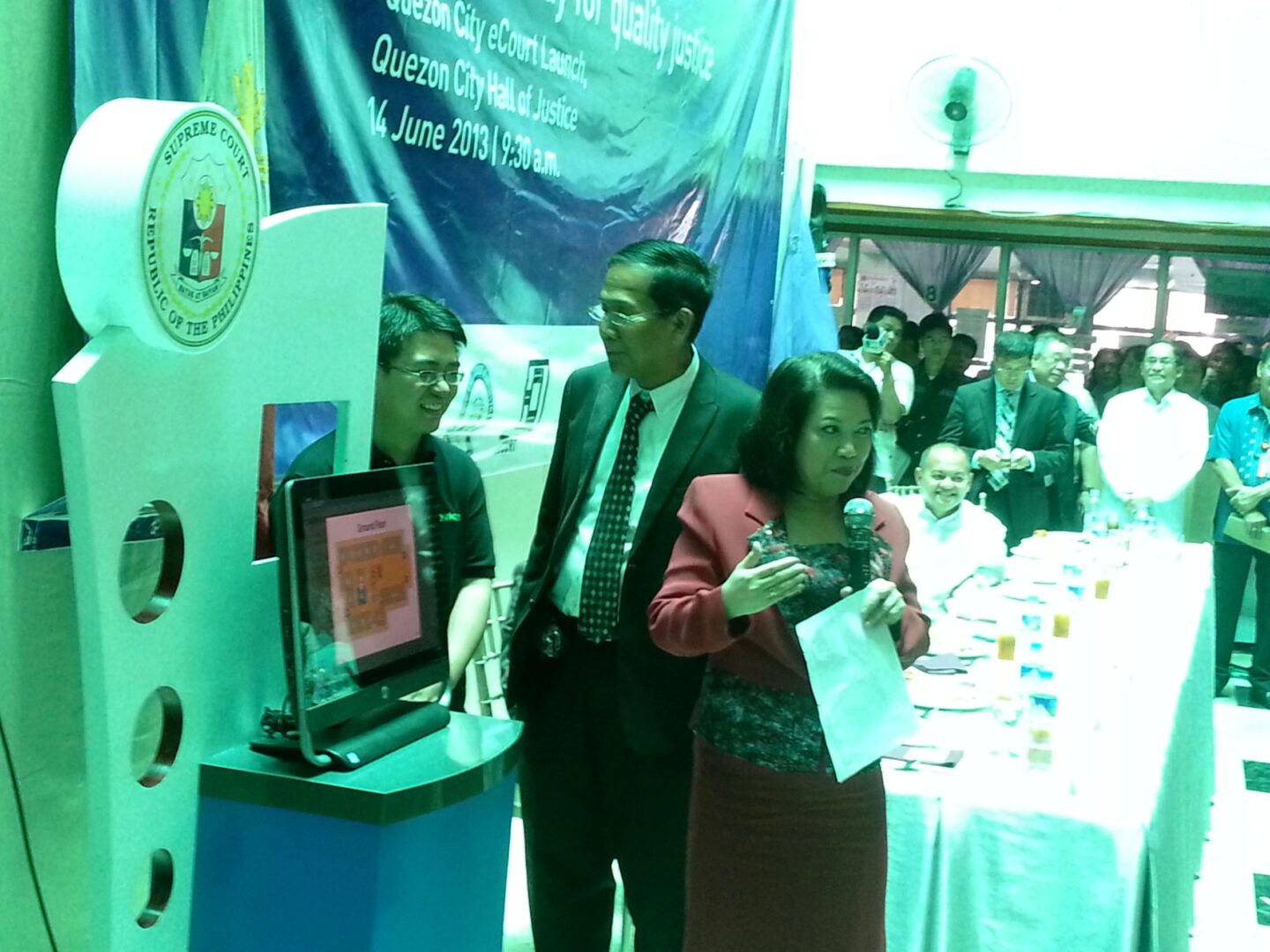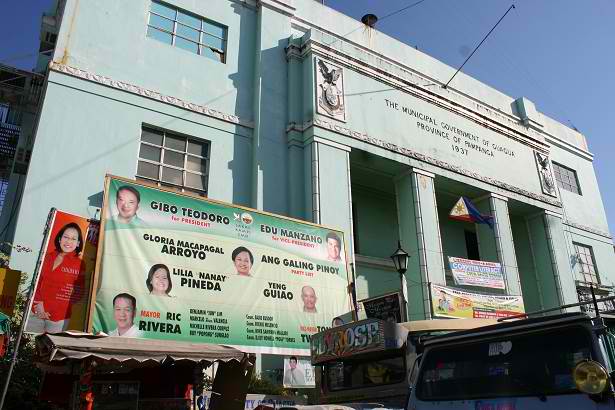By MIKHA FLORES
THE Supreme Court launched on Friday an electronic filing system that will digitize judicial processes in trial courts in Quezon City.

Dubbed as “eCourt”, the system uses case management software that will allow judges and court personnel to organize case flows from the filing of the complaint up to its resolution and enforcement.
The system will be piloted in regional and municipal trial courts in Quezon City, which account for about a third of total cases handled by trial courts in metro Manila. The project will be rolled out eventually in other regions across the country.
“We can only deliver justice if indeed the systems…that will deliver justice are abled and the eCourt system is a step in the right direction,” Chief Justice Ma. Lourdes Sereno said in her speech at the launch of the project in Quezon City.
With the eCourt, the raffling of cases will now be done electronically instead of using tambiyolos (raffle drum), removing human intervention and doubts that raffles are being rigged, said Sereno.
“Whoever is trying to create intermediations through raffling, tapos na po ang araw niyo (your happy days are over),” she said.
Determination of court fees will also be done digitally,Sereno said, adding that the move will make Quezon City courts “transparent” and “above-board.”
Once a complaint is filed through the eCourt system, the program automatically computes the total court fees that will be paid by the complainant and the system will automatically generate a docket number for the new cases.
Another important feature of eCourt is the inclusion of a calendar of hearings in the system. “(Judges) can now see, with a bird’s eyeview what is going to happen on a day-to-day, weekly, and monthly, even on an annual basis.” Sereno said.
The Chief Justice also challenged court employees to further innovate the system. She said they can also conceptualize a scheme where court notices will be served digitally.“Imagine a future where lawyers and litigants will receive notices of hearings … either through e-mail, through SMS or through an electronic board system,” Sereno said.
She said other possibilities include digital archiving and retrieval, using electronic administrative forms and electronic digital recording systems and purchasing wireless fidelity (wifi) routers to allow Courts to have full internet access.
Quezon City Judge Bernelito Fernandez, in giving an overview of the system, said the eCourt contains a dashboard for every trial court branch where all information of pending cases will be included. It contains a panel for active cases and one for overstaying detainees which would serve to remind the judge handling such cases.
“As long as prisoners are…unjustly detained for a long period of time, because the system is not working to give them a fair chance, that is injustice,” Sereno said.
The eCourt also has a search feature where the general public can look for cases based on its case number, title, category or status. It provides a case history track and case audit log for monitoring the progress of cases.
Document templates are also uploaded where individuals can digitally access court documents.
Associate Justice Teresita Leonardo de Castro, the Chairperson of the SC Committee on Computerization and Library, said they are hoping the pilot testing in Quezon City will serve as model in other trial courts as they roll out similar projects in 12 more regions in the country.

